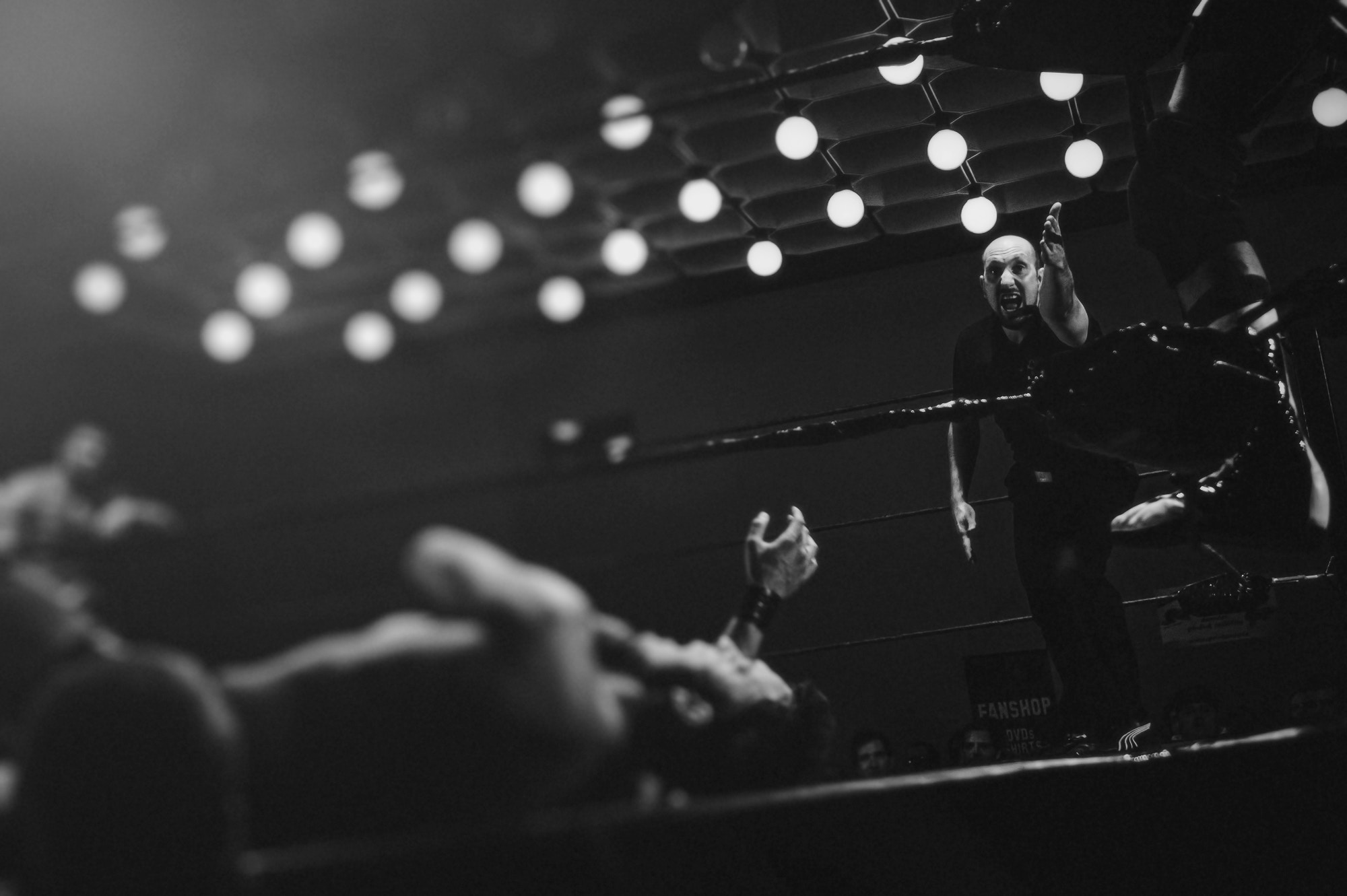
This is your new strategy for going harder in the face of pain than you ever thought possible and become mentally tough.
Your heart’s pounding, your legs are shaking, and you still have two miles until you’ll see a finish line.
Pushing through is as much mental as it is physical. Your muscles will only get you so far, and then it’s up to your brain to do the work. While research hasn’t clarified whether extreme endurance athletes came to their sport because of innate pain tolerance capacity or pain tolerance was a result of training, according to research published in the aptly named journal Pain, the way you think about it completely changes the way you react to it, and determines whether you become mentally tough.
In the study, Italian researchers performed a series of tests in which they induced harmless pain in the arms of two sets of volunteers. Then they measured how long it would take before the subjects tapped out. The first group had been coached to believe that the pain-inducing procedure (which restricted blood flow to the arm) would cause damage, while the second group believed it would strengthen muscles. The greater the pain, the more muscle they’d have when they were done with the experiment—so they believed.
The result: The pain tolerance of the volunteers in the second group—the one that believed that the pain was advantageous—was significantly greater than it was in the first group. And every time the researchers repeated the test, the group with the positive outlook developed an increasingly greater tolerance for being hurt.
See what happened? Positive thoughts about the pain allowed people to bear it longer.
Think of it this way: The pain you feel during a race or at the squat rack is nothing more than information. If you allow your brain to perceive that information as saying “this is not good for me,” then your muscles are going to dial back their output ASAP, explains Stephen Graef, Ph.D., a sports psychologist at The Ohio State University Wexner Medical Center. But your strength spikes the moment that squishy computer in your skull starts to understand pain as a necessary part of growth.
“Perception is reality,” Graef says. “And something can’t be intrusive if it’s welcomed. By acknowledging and accepting exercise fatigue, discomfort, and pain during your exercise, you will decrease its perceived intensity.”
To a certain degree, this acceptance is a natural part of any workout routine. Research in Medicine & Science in Sports & Exercise shows that exercising for just six weeks significantly boosts subjects’ ability to tolerate pain. Regular exercisers understand that they have to push their bodies past their comfort zones in order to improve, Graef says. As they do, their comfort zones grow bigger.
To get the ultimate pain-killing benefits of a “hurts so good” mindset and become mentally tough, Graif recommends making a conscious effort to focus on the positive aspects of pain before and during endurance events or intense HIIT session. Mid-workout, try saying aloud (or under your breath), “this is the feeling of my body changing” or “that’s what I need to feel; I’m going to keep going.”
Once you change your mind, your body will follow.
Written for Spartan.com